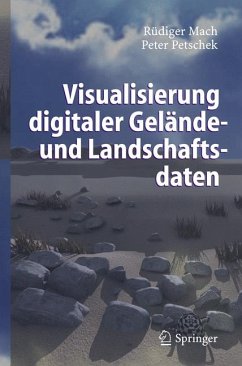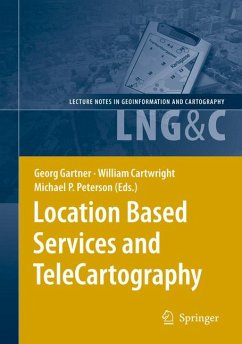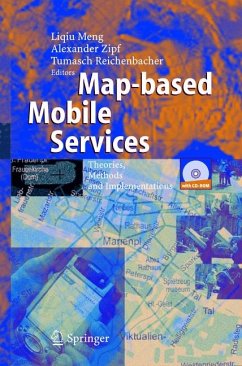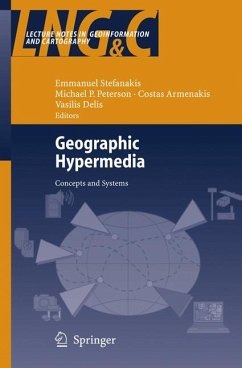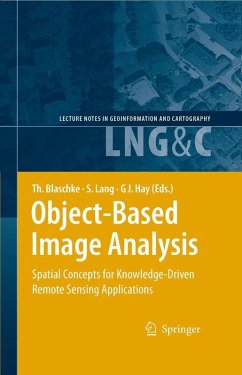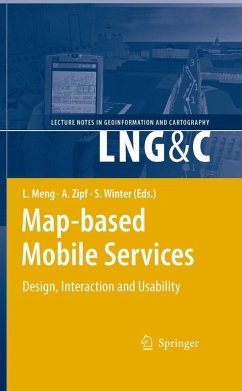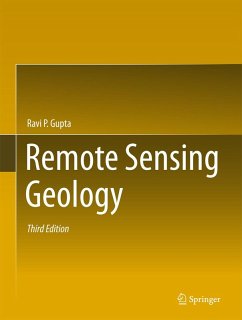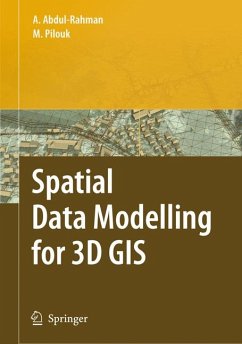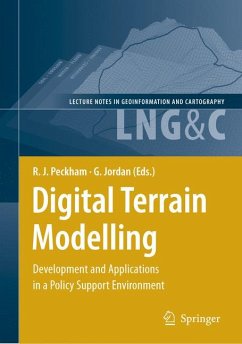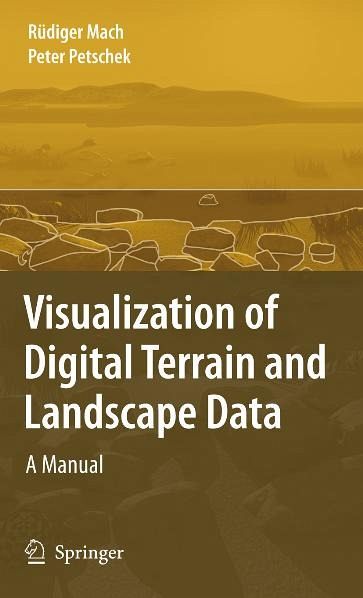
Visualization of Digital Terrain and Landscape Data (eBook, PDF)
A Manual
Versandkostenfrei!
Sofort per Download lieferbar
Statt: 106,99 €**
73,95 €
inkl. MwSt.
**Preis der gedruckten Ausgabe (Gebundenes Buch)
Alle Infos zum eBook verschenkenWeitere Ausgaben:

PAYBACK Punkte
37 °P sammeln!
This book approaches the realisation of digital terrain and landscape data through clear and practical examples. From data provision and the creation of revealing analyses to realistic depictions for presentation purposes, the reader is led through the world of digital 3-D graphics. The authors' deep knowledge of the scientific fundamentals and many years of experience in 3-D visualization enable them to lead the reader through a complex subject and shed light on previously murky virtual landscapes.
Dieser Download kann aus rechtlichen Gründen nur mit Rechnungsadresse in A, B, BG, CY, CZ, D, DK, EW, E, FIN, F, GR, HR, H, IRL, I, LT, L, LR, M, NL, PL, P, R, S, SLO, SK ausgeliefert werden.




